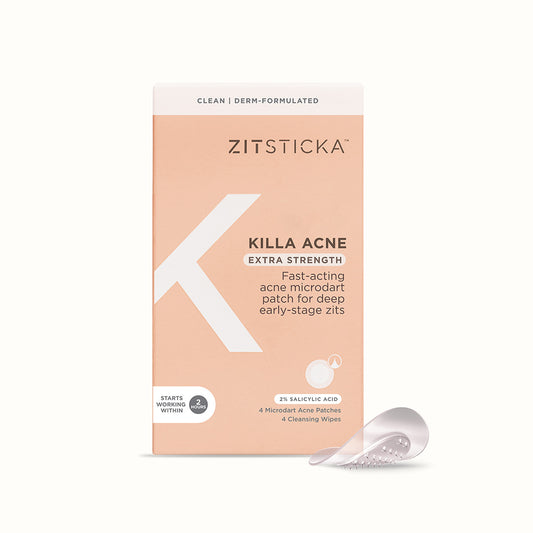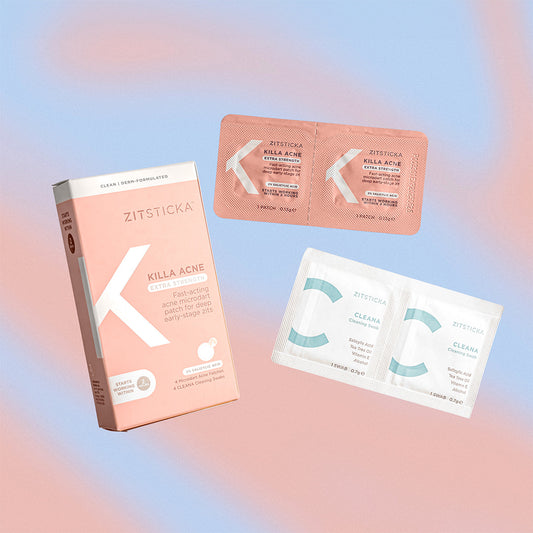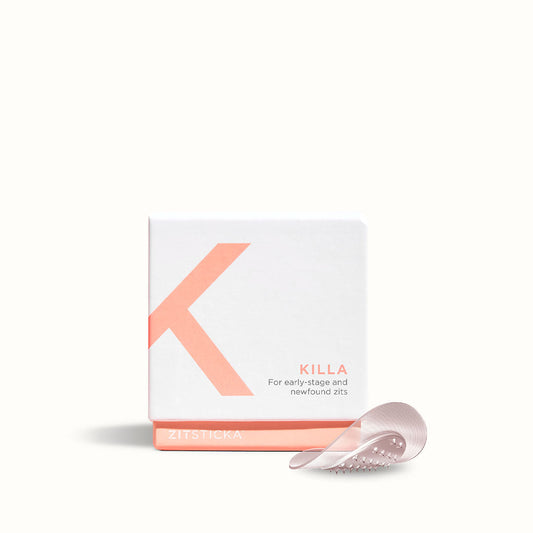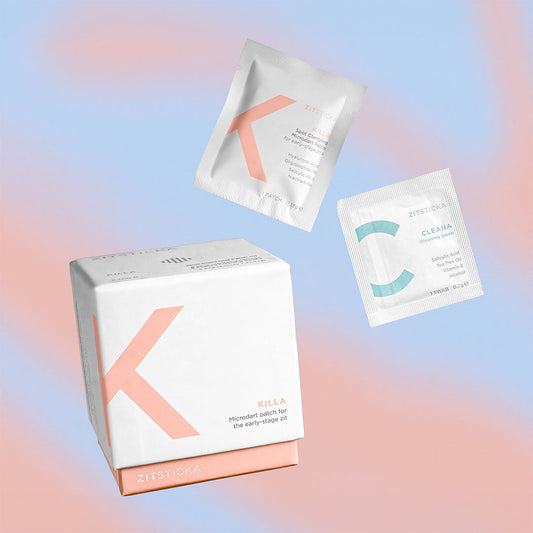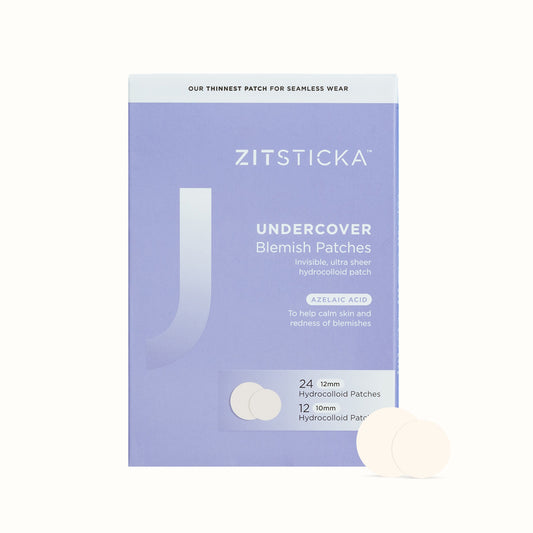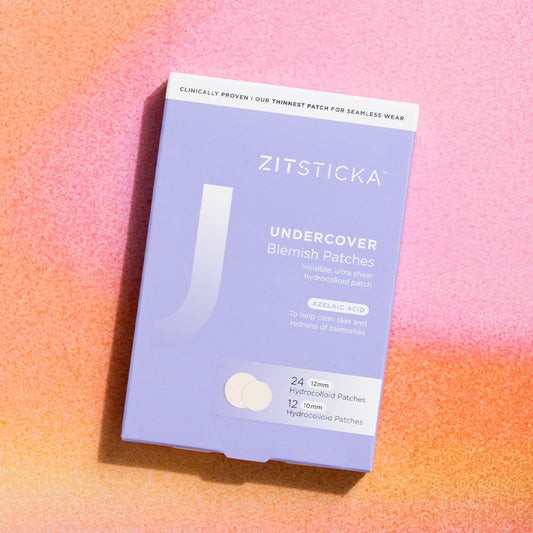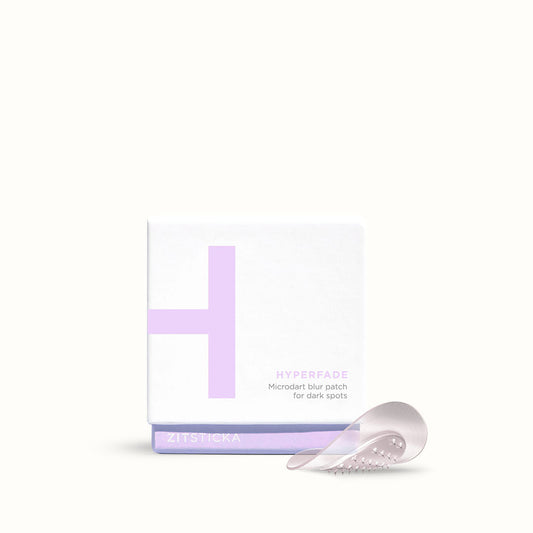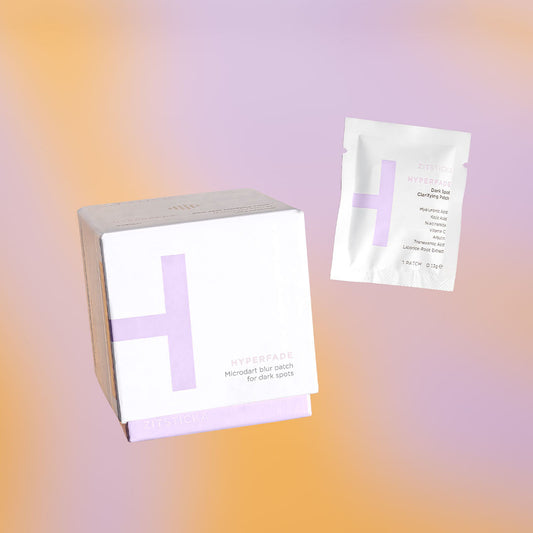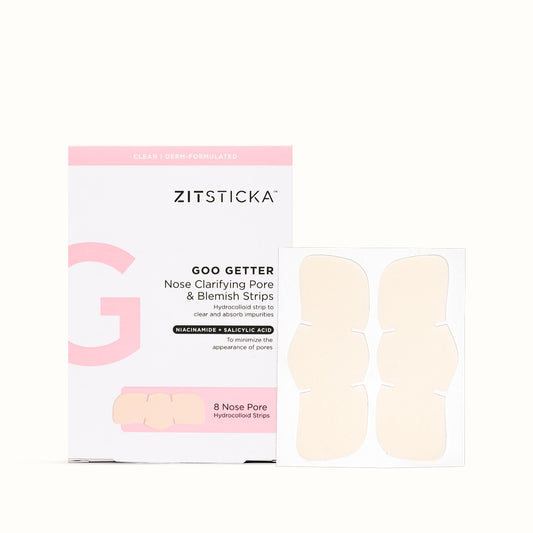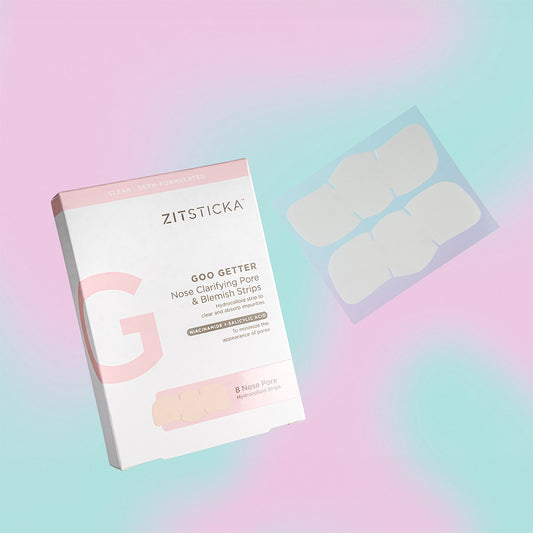There has been a lot of scattered information on the internet regarding this unwelcomed trend called “maskne”. Instead of drowning slowly in the barrage of alleged facts about 2020’s biggest pest, we decided to turn to one of our favorite licensed estheticians and blemish specialists, Lily Njoroge. One of Lily’s goals is to spread “digestible knowledge for readers of all complexions, ages, socioeconomic backgrounds, and skin types.” A goal that we stan DEEPLY.
A couple of weeks ago we turned to Insta to ask you, the PEOPLE, your most pressing questions about maskne. We posed to Lily the four that we received in (high!) multiplicity, so if you’re suffering from this maddening skin issue, keep scrolling for the truths you crave.
(But wait—a spoiler! Lily mentions three ingredients for canceling maskne—all of which happen to feature in our next-to-drop product. After you commit all Lily’s wisdom to memory (no pressure), head here for 15% off said new product at launch. We’ll also email you about it before we email everyone else!) 
1. What kind of acne is maskne? Can you explain how it develops?
The phenomenon that most of us are referring to as “maskne” is actually a form of inflammation known as acne mechanica. It primarily affects people who are athletic. This is because of the friction their skin experiences from work out gear such as headbands or sports bras that can irritate the skin on the forehead and back, and trigger inflammation in the form of acne. But now, we’re seeing it more and more due to constant mask usage. The skin is unable to differentiate between various types of friction. All excessive friction is ‘bad’ friction, regardless of the source. [Maskne] develops when the skin is exposed to excessive and constant friction.
There are a few things that our skin hates, and two of those happen to be present when we are wearing our masks: heat and friction. When wearing a mask for a prolonged period of time, your skin becomes dehydrated, your products are rubbed off, and now there’s a mask rubbing on your bare skin. What does your skin do? Panic. Under these conditions, it struggles to properly desquamate and it is experiencing impaired barrier function. This is a perfect recipe for acne because our skin is sensitized from all the friction and dehydration, and now there is also bacteria from the mask being introduced to unprotected skin. All of those dead skin cells, dirt, and bacteria now become trapped inside the pore.
According to Lily, this combination of skin sensitivity and extra exposure to bacteria and dirt will subsequently result in the classic pimple(s) that so many of us are experiencing.
Even if you only wear a mask for 1 hour total each day, doing so every day is going to still expose the skin to excessive friction, just not to the same degree as a healthcare worker wearing one for 12 hour shifts multiple times a week. But, simply wearing a mask regularly still increases your risk of experiencing acne mechanica, as well as exacerbating any inflammation already present in your skin.
2. What is the best moisturizer to use under the mask?
Lily suggests that we treat maskne the same way one would handle a more sensitive skin type:
You want to use moisturizers that have great occluding properties and are generally non-reactive for most people, barring any specific allergies. Focus on ingredients such as petroleum jelly or mineral oil, which are perfectly safe and non-comedogenic on the skin. These are also particularly effective under masks because they are a bit more resistant to friction and being easily rubbed off than less emollient or lightweight moisturizers are. I recommend more cream-based moisturizers rather than gels, because gels tend to provide less occlusion, which is what our skin needs under these conditions. And no, the skin does not need to “breathe”, so using heavy-feeling occlusives will not worsen acne by “suffocating” the skin. Our skin gets oxygen through the blood, not externally.
3. What are the best ingredients to combat maskne?
Ingredients such as the beta hydroxy acid, salicylic acid, are excellent because of their keratolytic properties which assist the skin in [shedding] properly, and therefore work to unclog the pores. Those who experience hyperkeratinization are at an increased risk of experiencing acne. This is because an excess production of keratin makes our cells “stick together”, which makes them harder for our skin to dispose of from the pore. This is known as corneocyte cohesion, and salicylic acid is able to help break the corneocyte to corneocyte cohesion that leads to clogged pores and acne.
Tea tree oil also has antibacterial properties, which if used properly (never use a pure, 100% tea tree oil directly on the skin), helps to reduce inflammation since the presence of bacteria is generally what results in acne inflammation.
Niacinamide has also been a go-to for maskne because it is a non-exfoliating ingredient, making it safe to use regularly on even the most sensitized skin, and it delivers similar benefits to other harsh acne treatments, without the harshness. Niacinamide reduces erythema, helps to fortify the skin’s moisture barrier, assists in treating hyperpigmentation, and calms down inflammation. It also provides antioxidant protection to the skin, which helps to prevent free radical damage. It’s become part of my holy trinity in treating maskne!
4. How often should I be washing my face if I'm experiencing maskne?
When attempting to mitigate concerns with maskne, the only part of your routine that should change is how often you are using active ingredients, as well as the types of active ingredients you are using. So, if you are using an active cleanser once or twice a day, you may want to cut back on the frequency from daily to every other day. Remember, your skin is sensitized right now. Doing more exfoliation will only worsen things. If you are using a non-exfoliating cleanser, I would recommend cleansing once daily at night then just rinsing with water and using a hydrating toner to “cleanse” in the morning. Reserve your thorough cleanse for nighttime since that’s when you absolutely need to remove your SPF for the day, any makeup, other skincare products, as well as the bacteria from your mask!
Ty, Lily!
This is a weird year for everyone, and that includes our skin. With these accessible skincare tips Lily has laid out for us to alleviate maskne, hopefully, we are better able to tackle this 2020 problem going forward. At ZitSticka, we are also on a mission to mitigate your most dire microbiome obstacles. All of our products offer something special when it comes to blemishes, but we’ve got one in the works that will, for lack of a better term, obliterate the ultra-irksome maskne. Stay tuned! She’s on her way.

